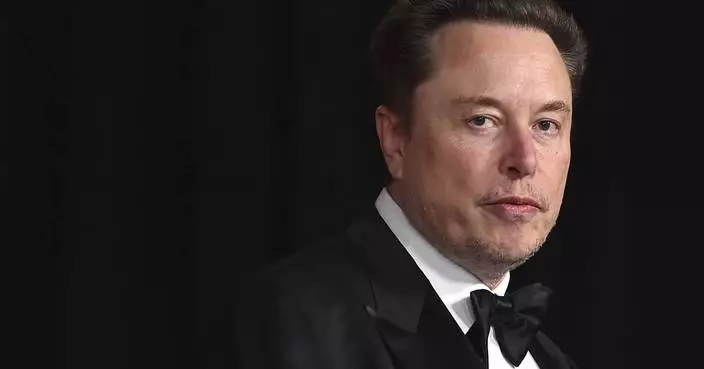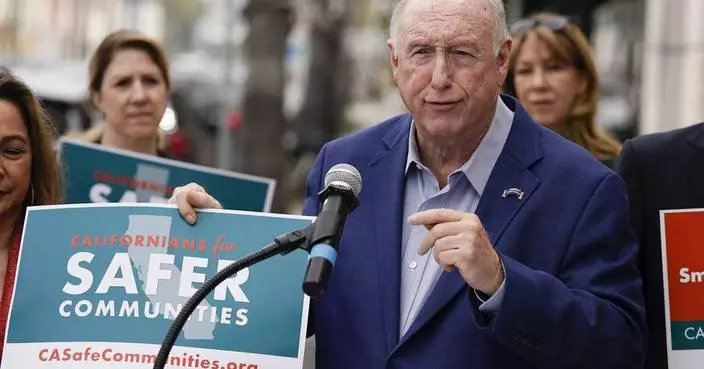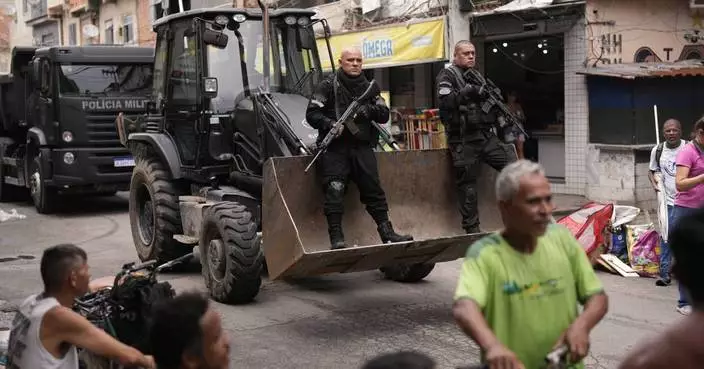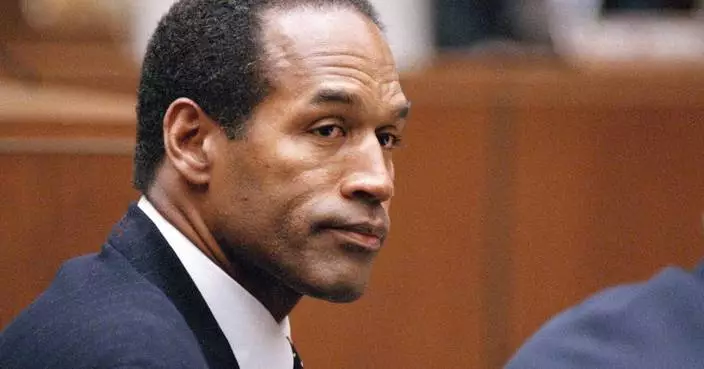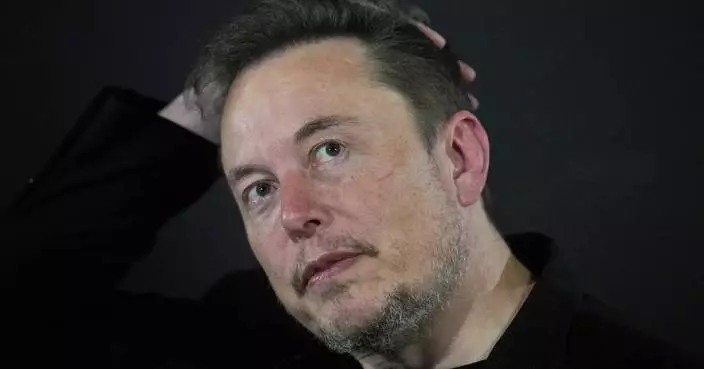Hope the baby can find her family soon and grow up healthily!
A fatal car accident occurred in San Paulo, Brazil a few days ago that a 39-week pregnant woman was thrown out of her car. Her abdomen was pressed and cut by the wood nearby, and her baby was squeezed out of her body. The ambulancemen found the woman died but the baby girl was miraculously alive and crying in the grass.
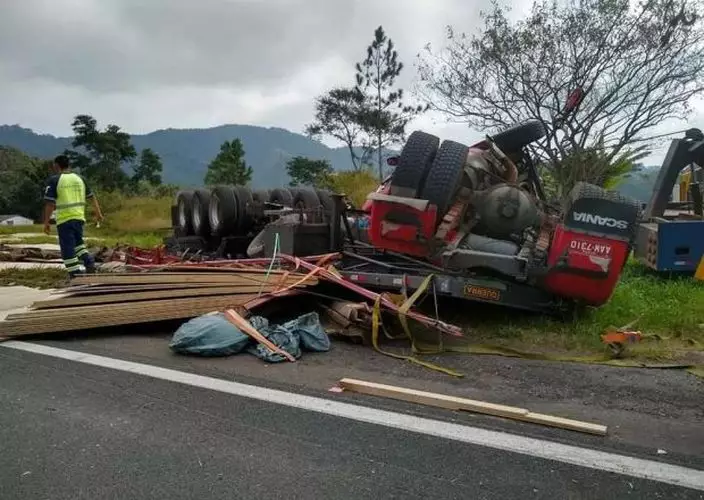
Online Image
According to the local reports, when the truck that the pregnant woman was taking that day drove on the highway road of Cajati, San Paulo, it lost control all of a sudden and rolled over to a side. The woman was thrown out of the window immediately and died because the fallen wood pierced her abdomen. Meanwhile, her baby was squeezed out of her body because of the heaviness of the wood. The baby dropped into the grass a few meters away from the scene.
Elton Fernando Barbosa, the first ambulanceman arrived at the scene, recalled that he only saw the injured truck driver and the dead woman. He found the surviving girl because he heard the sound of crying, thinking a child was stuck under the wood. The team could not find any child but later someone picked the baby up in the nearby grass.
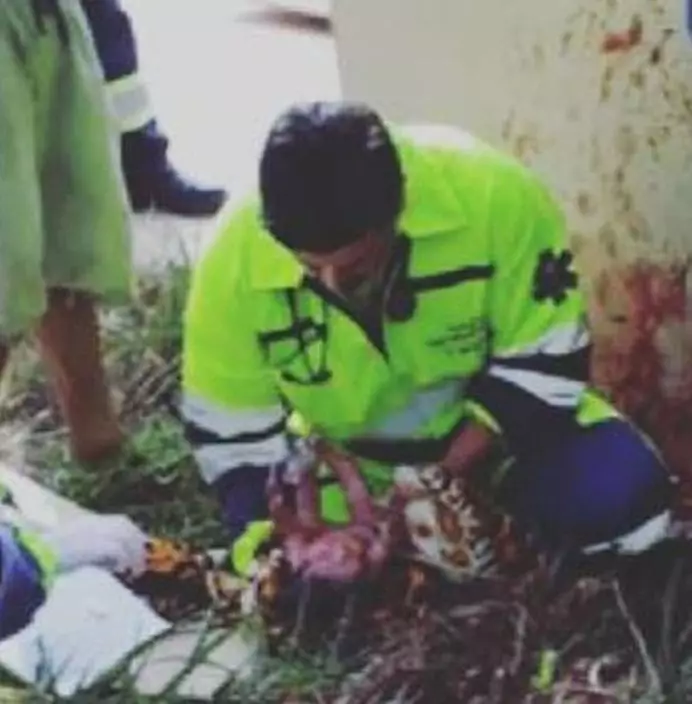
Online Image
Elton said the baby girl was in a good condition after the preliminary health check, but she still needs to be observed in the child intensive care unit. He added that it was a miracle that it could live alive in such a fatal accident. The ambulancemen could not confirm her mother’s identity since she had not identity prove brought along with her.
They could not contact her family and in the worst case, the baby might be taken to the orphanage.
Solange Batista, the nurse taking care of the baby, said that they name the baby "Giovanna, meaning she is under the protection of God. The girl has been acting quite gentle and even smiled with the people who play with her.
The local police have now taken the truck driver for the investigation of manslaughter. Also, they will continue to find the family of Giovanna.
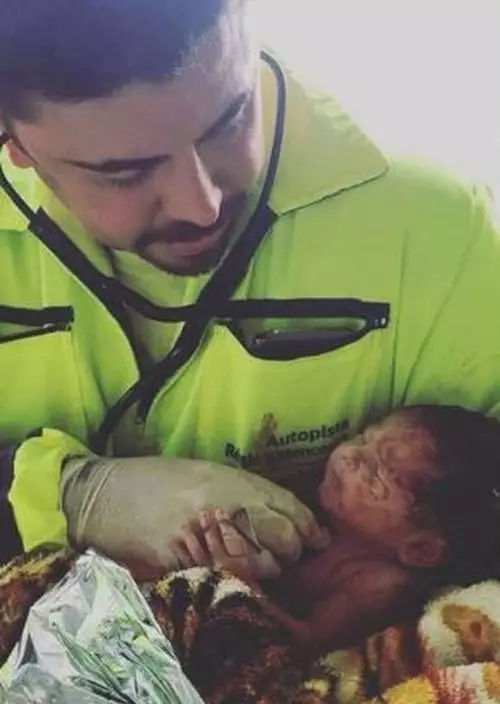
Online Image.
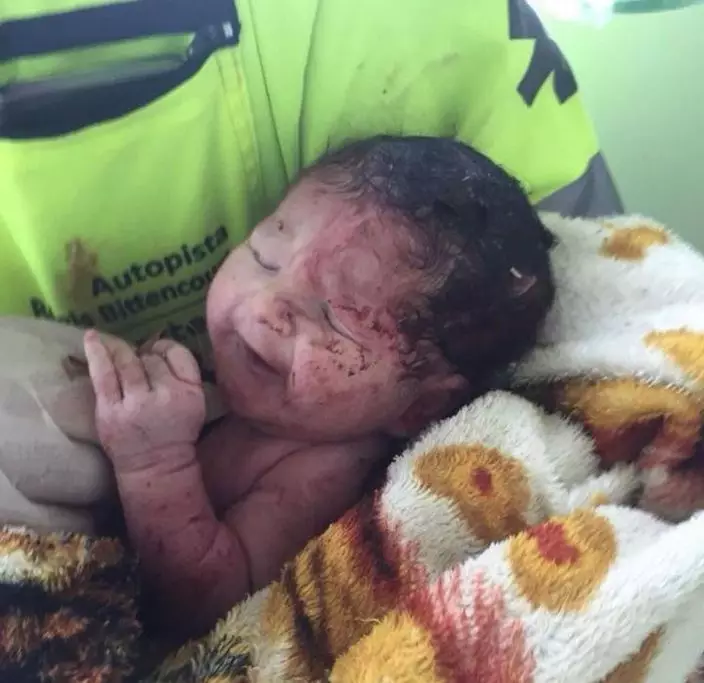
Online Image
SAO PAULO (AP) — President Luiz Inácio Lula da Silva on Thursday announced the creation of two new Indigenous territories for Brazil, bringing the total number of new reserves during this term to 10.
The Cacique Fontoura reserve will be in Mato Grosso state and the Aldeia Velha territory will be in Bahia state. They will cover a combined total area of almost 132 square miles (342 square kilometers).
Speaking at a ceremony in Brasilia, Lula's said Indigenous peoples should be patient as he seeks to fulfill his pledge of creating 14 new territories.
Lula's predecessor, Jair Bolsonaro, had encouraged widespread development of the Amazon — both legal and illegal — and made good on his pledge to not demarcate a single centimeter of additional Indigenous land.
Lula took office in 2023 pledging to change that, but Indigenous rights activists hoped he would move faster. Last year, he demarcated six territories in April and two more in September.
The Brazilian president said during his speech that the latest two new territories would not be enough. He cited legal issues for the delay in setting aside additional lands.
“I know you have some concern because you were expecting six Indigenous lands. We decided to authorize two, and that frustrated some of our friends,” Lula said, standing next to his Indigenous peoples minister, Sônia Guajajara, who wore a traditional yellow feather headdress. “I did this so I wouldn't lie to you. It is better to solve the problems instead of just authorizing it.”
The four envisioned Indigenous territories that were not authorized are occupied by farmers who have ownership rights to those lands, Brazil's government said.
Indigenous leader Dinamam Tuxá told journalists he was “partially happy.”
“Every new Indigenous territory is a victory,” Tuxá said.
Last year, Brazil’s Supreme Court ruled to enshrine Indigenous land rights in a case brought by farmers seeking to block Indigenous peoples from expanding the size of their territorial claims.
The court rejected a legal theory arguing the date that Brazil's constitution was promulgated — Oct. 5, 1988 — should be the deadline for when Indigenous peoples had to have already either physically occupied land or be legally fighting to reoccupy it.
Several lawmakers in Brazil's Congress are still pushing to revive that theory and fit it into legislation.
Indigenous rights groups argued the concept of the deadline is unfair, saying it does not account for expulsions and forced displacements of Indigenous populations, particularly during Brazil’s two-decade military dictatorship.
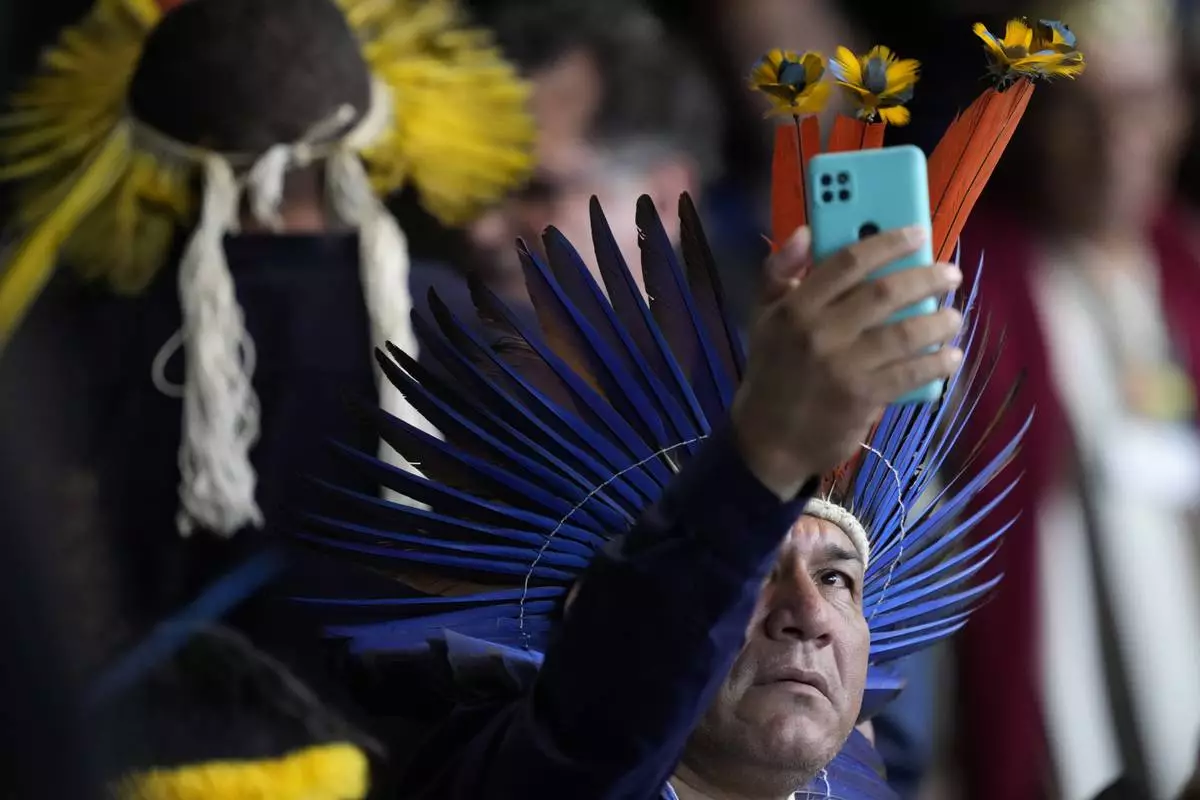
An Indigenous representative takes a photo with his cell phone as he waits for the start of the closing ceremony of the 1st Ordinary Meeting of the National Council for Indigenous Policy, in Brasilia, Brazil, Thursday, April 18, 2024. The council, dissolved in 2019, was revived in 2023. (AP Photo/Eraldo Peres)
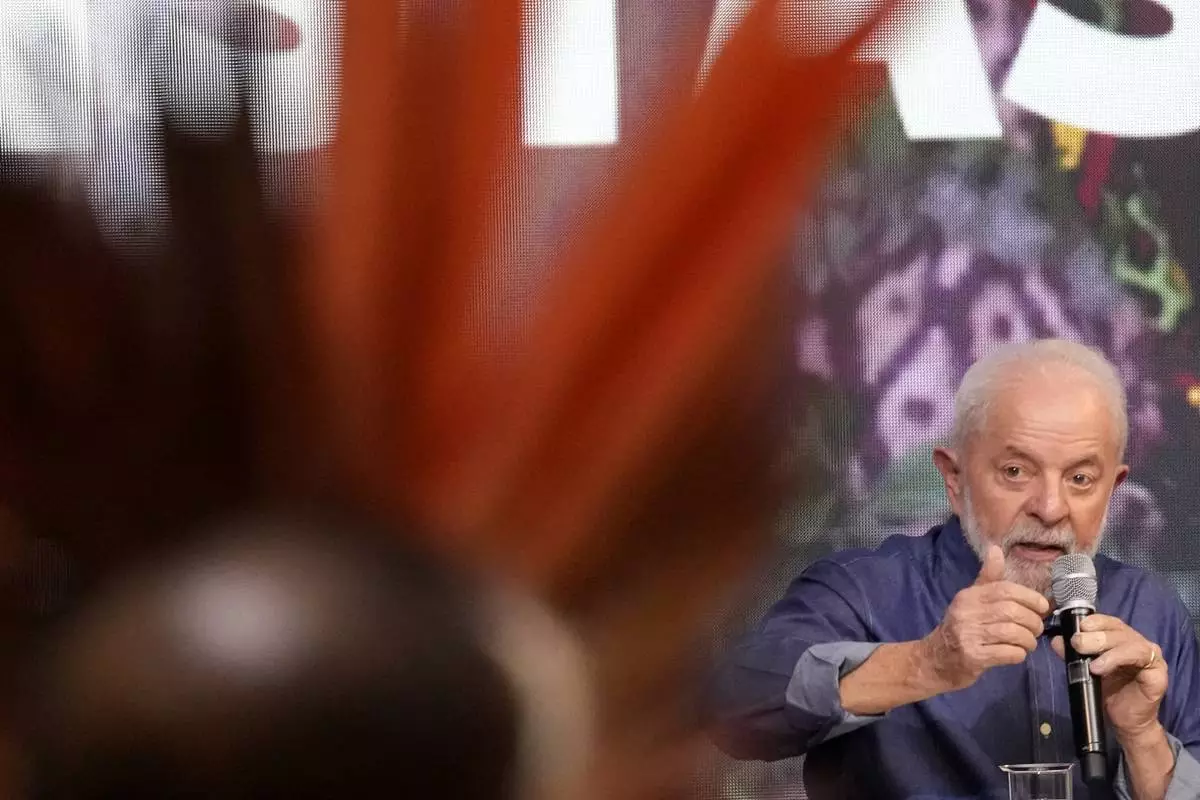
Brazil's President Luiz Inacio Lula da Silva speaks during the closing ceremony of the 1st Ordinary Meeting of the National Council for Indigenous Policy, in Brasilia, Brazil, Thursday, April 18, 2024. The council, dissolved in 2019, was revived in 2023. (AP Photo/Eraldo Peres)

Brazil's President Luiz Inacio Lula da Silva and Minister of Indigenous Peoples Sonia Guajajara arrive to the closing ceremony of the 1st Ordinary Meeting of the National Council for Indigenous Policy, in Brasilia, Brazil, Thursday, April 18, 2024. The council, dissolved in 2019, was revived in 2023. (AP Photo/Eraldo Peres)










